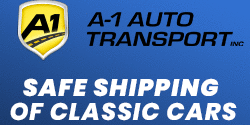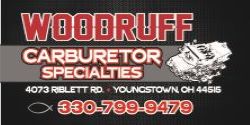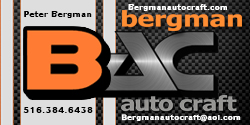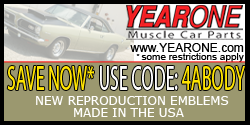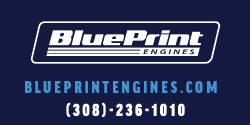1968 Barracuda. QA1 upper control arms. Perter Bergman delrin lower control arm bushings. Hotchkis strut rods. New lower ball joints. Peter Bergman idler arm with bearing. Replacement pitman arm and 11/16 tie rod arms from Firm Feel.
Is there an initial starting point setting for the upper control arm eccentric bolts? Plan on having this fish towed to alignment shop due to its distance but wanted to get camber close before I buttoned everything up.
Is there an initial starting point setting for the upper control arm eccentric bolts? Plan on having this fish towed to alignment shop due to its distance but wanted to get camber close before I buttoned everything up.

